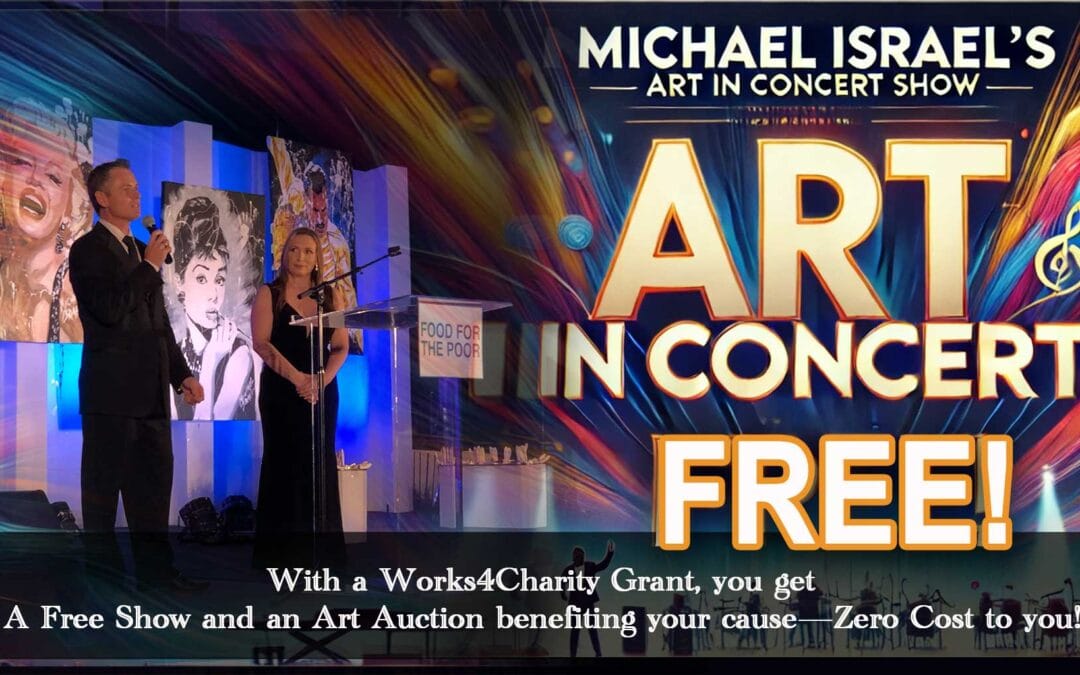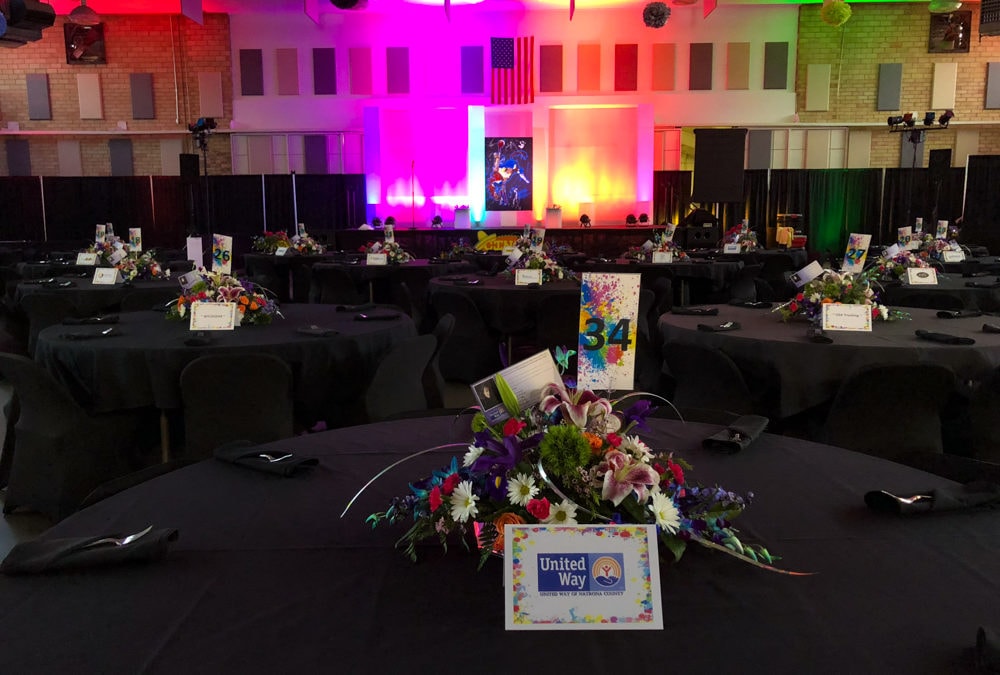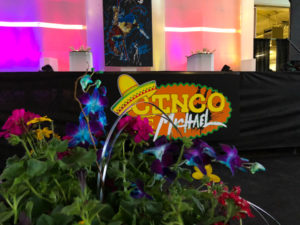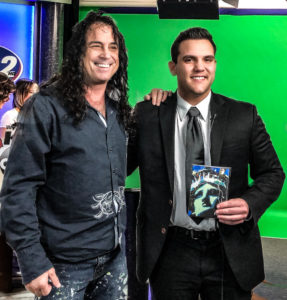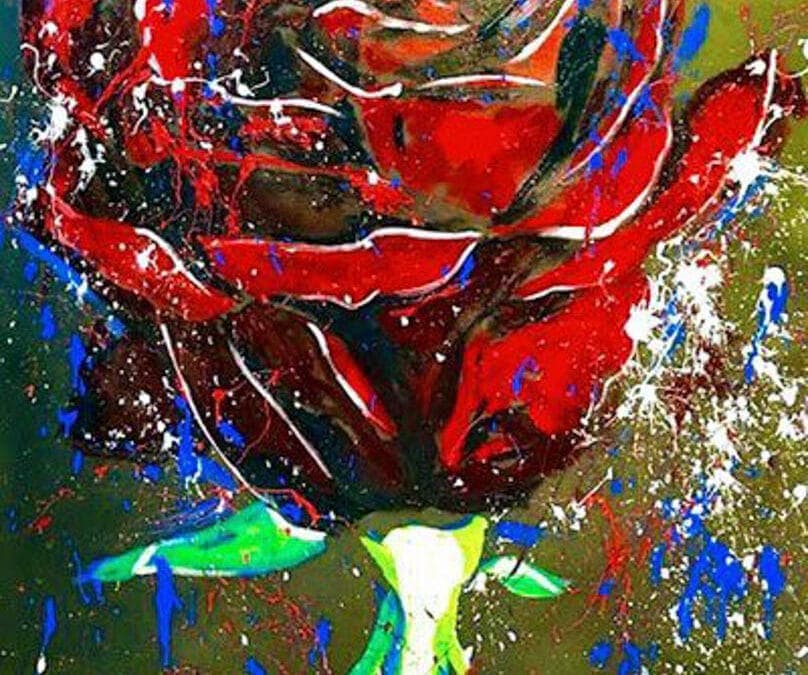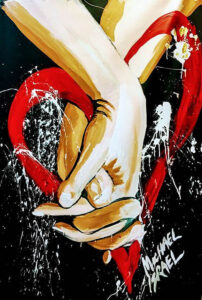A school bus driver pushed Suzi Noyes over the edge. Her son Connor, who is autistic, was a first-grader in fall 2011 and couldn’t control that he would spit a little when he talked. The bus driver, however, singled him out and made him sit behind her for the rest of the year.
“He shouldn’t have been punished for his disability,” Noyes said. “He would have loved to have been able to stop it. We worked on it, believe me. But he couldn’t.”
The Virginia Beach mom fled to Facebook to find support from others with children on the autism spectrum. She found it. Noyes soon had an official organization, Spectrum Parents Events.
The group, now about 800 strong, relies on their activities for emotional support. However, the specialized events aren’t cheap.
Saturday, Spectrum Parents will have its largest fundraiser yet, “Paint Barefoot on the Beach,” a virtual event with the world-famous speed painter Michael Israel.

Since he started in 1974, Israel has performed around the world for Fortune 100 companies, presidents, and celebrities. His two-fisted, messy, high-energy performances are appropriately called “art concerts” — he pulls together realistic, large-scale canvases in minutes. He’s probably equally recognized for his fundraising for groups like the Special Olympics, Susan G. Komen breast cancer organization, and Ronald McDonald House Charities.
In 2008, he painted a 36-square-foot portrait of businessman and philanthropist Warren Buffett in less than 10 minutes. It later sold for $100,000 to benefit Girls Incorporated of Omaha.
Saturday’s show kicks off at 7 p.m. with a virtual cocktail hour and then moves into Israel’s painting. Meanwhile, Noyes will be holding a silent auction, and Israel will open up his artwork for bids. A percentage of the proceeds go to Spectrum Parents.

The evening is meant to be interactive. People will be encouraged to share selfies from home and chat online with the auctioneer and other entertainers who are part of the show.
The virtual events allow him to engage more with his audience than his live shows, Israel said in a phone interview from his Florida home.
“I can’t even see people in the front row because all of the light blaring on me, and I certainly can’t talk to them,” he said. “I this case, I know what everybody’s saying. … When I hang out in the green room, I look at the chats and I talk with people and stuff. It’s really pretty neat.”
Israel has always enjoyed using his art to give back to nonprofits, he said. When the pandemic hit, however, his travel schedule got canceled and he knew that nonprofits were aching for money.
He started the virtual art concerts and the “20for21” program in which he will do 20 no-cost virtual charity events in 2021.
He said he hasn’t decided yet what he will do for the Virginia Beach group but will likely do two or three pieces and at least one with a nautical theme. At least two will be 3D paintings and 3D glasses will be mailed to those who buy tickets. Israel said the paintings will look just fine without the glasses.
He said he’s raised more than $800,000 in the past year with the virtual concerts.
“It’ll be kind of anything goes auction, so people get a chance to steal the artwork, basically, on behalf of the charity,” Israel said. “I can write a bigger check with my paintbrush than I can with my pen.”

Noyes was scrolling online late one night when she came across Israel’s work. She read about the charity program and applied.
It was nothing less than a miracle, she said.
Spectrum Parents has become more of a family than a formal organization. The events, from roller-rink nights to hayrides, to hiring a Santa Claus for their annual Christmas party, have become a necessity for the group. Parents can be together and share experiences with people “who know.” The children make friends and don’t have to worry about being bullied.
“It’s not like when you go to the grocery store,” Noyes said. “You’re not snickered at, you’re not glared at, you’re not told, ‘Hey, can you keep your kid under control?’ So, we stick together so we’re not hurt and we’re not crying.”
But renting a roller rink for one group can get expensive. The fundraising helps defray the costs, Noyes said.
Noyes said she knows people are getting tired of virtual events with the pandemic, but hopes people will still tune in, even for just a little, for the cause. And the fun.
She’s wrangled raffle prizes that include an Outer Banks weekend escape and a 20-minute Zoom call with Izzy, a professional surfer who founded Surfers Healing, a surf camp for children with autism.
The evening is open to anyone, even those who can’t afford to pay. Noyes wants everyone to enjoy.
“This will be so cool.”
if You Go
Virtual “Barefoot on the Beach,” Saturday, March 20, 7 p.m. – 10 p.m.
Tickets: Single tickets, $45, which include access, 3D glasses and a raffle ticket. Other packages include “Virtual Table for 10” at $350 to include extra raffle tickets and “VIP Ultra,” which includes a gourmet gift basket. The ticket page also allows people to sign up for a free ticket or to make a donation. People can also buy raffle tickets, which range in price from $20 for 1 to $100 for 10, without participating in the event.
Visit paintbarefootonthebeach.com for tickets and more information.
For more information about Spectrum Parents Events visit myautismevents.com.
Denise M. Watson, 757-446-2504, [email protected]



